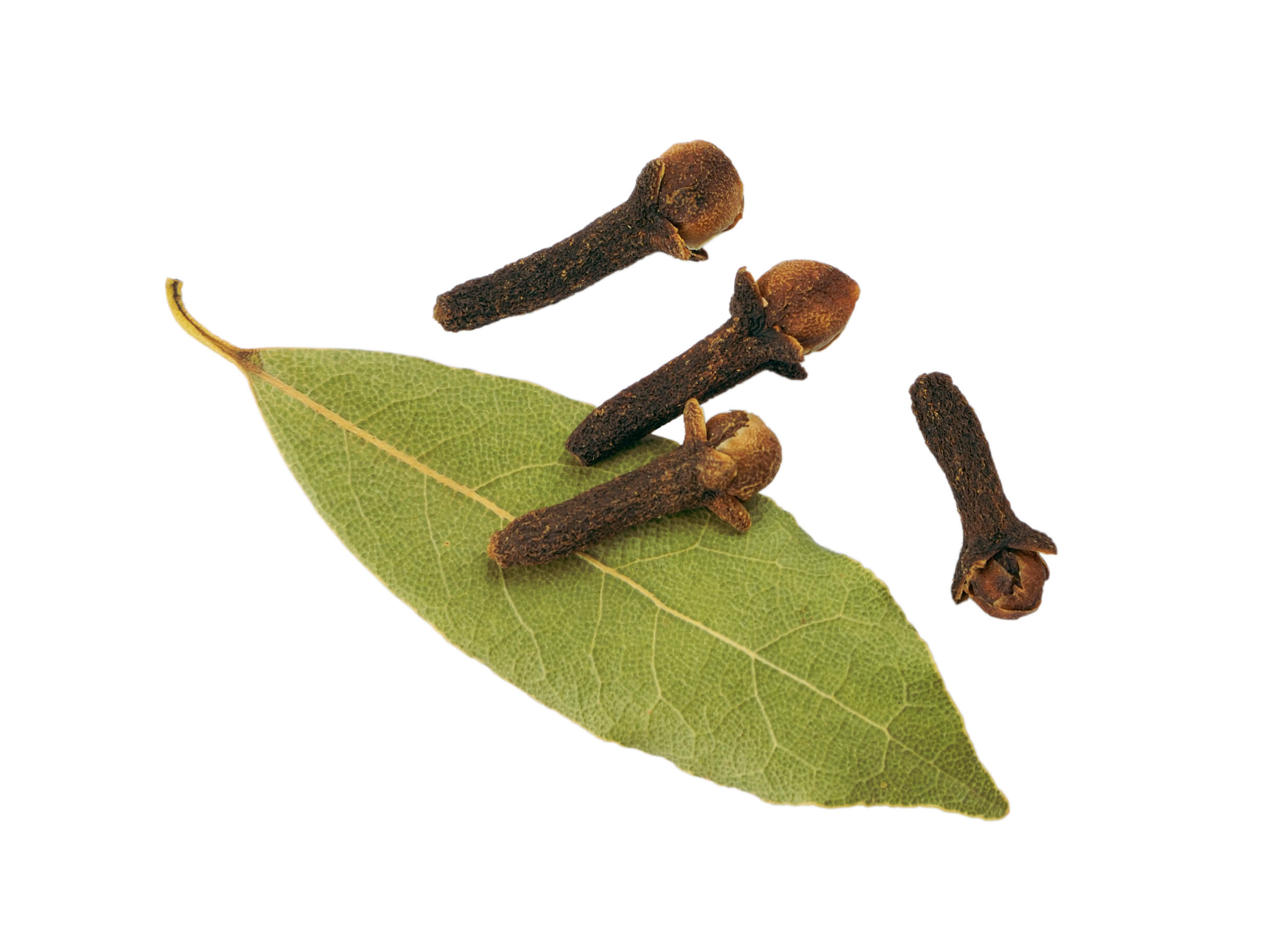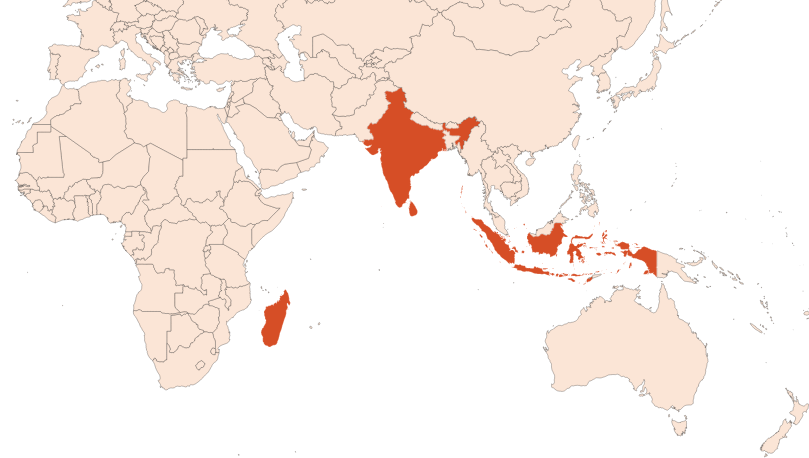
| Company | Ingredient Name | ID | Comments | Naturality | Certifications | Purity | Latin name | Treated part | Geographical origin | MOQ |
|---|---|---|---|---|---|---|---|---|---|---|
|
|
Clove Leaf Oil Rectified 85% | CL-185 |
Visit website
|
Natural |



|
85 | Eugenia caryophyllus | Leaves | Indonesia | 800 Kgs |
|
|
Clove Leaf Oil Crude 73% | CL-173 |
Visit website
|
Natural |



|
73 | Eugenia caryophyllus | Leaves | Indonesia | 800 Kgs |
|
|
Clove Leaf Oil Rectified 80% | CL-180 |
Visit website
|
Natural |



|
80 | Eugenia caryophyllus | Leaves | Indonesia | 800 Kgs |
|
|
Clove Leaf Oil Crude 82% | CL-182 |
Visit website
|
Natural |



|
82 | Eugenia caryophyllus | Leaves | Indonesia | 800 Kgs |
|
|
Clove Leaf Oil Crude 78% | CL-178 |
Visit website
|
Natural |



|
78 | Eugenia caryophyllus | Leaves | Indonesia | 800 Kgs |
|
|
Clove Leaf Oil Rectified 70% | CL-170 |
Visit website
|
Natural |



|
70 | Eugenia caryophyllus | Leaves | Indonesia | 800 Kgs |
General Presentation
-
CAS N° : 8000-34-8
-
EINECS number : 84961-50-2
-
FEMA number : 2325
-
Appearance : Colorless liquid
-
Density : 1,039 - 1,049 @20°C
-
Volatility : Heart/Base
-
Price Range : €€
Physico-chemical properties
-
Optical rotation : Donnée indisponible
-
Vapor pressure : Donnée indisponible
-
Refractive Index @20°C : Donnée indisponible
-
Acid Value :
-
Flash Point :
Uses
Uses in perfumery :
Used in carnation, rose and white flowers accords. Very little used because of an old, heavy and voluminous effect it can bring.
Major Components :
- Eugenol (80-85%)
- Beta-Caryophyllene (≈6%)
- Benzyl Alcohol (≈1%)
- Alpha-Humulene (≈1%)

Photo credits: ScenTree SAS
Botanical name :
Syzygium aromaticum (L.) Merr. & Perry
Synonyms : Eugenia caryophyllata Thund. // Caryophyllus aromaticus L.
Botanical profile :
Clove is a tree of the Myrtaceae family and the genus Syzygium.
Chemotypes :
The genus Syzygium includes 1200 to 1800 species. Clove is the most cultivated of all these species.
The greatest diversity of species in this botanical genus comes from Malaysia and southwestern Australia. There, many species are very little known and little used.
Extraction process :
The oval clove leaves end in a pointed shape. Their color is pink at first, then turns green when mature.
Clove cultivation in Indonesia covers more than 470,000 hectares (2010). The leaves are manually removed and placed in cloth bags, taken to the factory to crush and dry the leaves, after weighing the bags. After drying, the leaves are sent to the extractor, where their steam distillation allows to recover an essential oil with a yield of about 3.5%, after 8 hours of extraction. The essential oil of clove leaf is recovered at the end of the process in a decanter, separating from the distillation water.
Indonesia produces about 2500 tons of essential oil of clove leaf each year. This essential oil is mainly used to extract natural Eugenol.
In addition, it should be noted that cloves can also be extracted to obtain clove essential oil. It contains about the same level of Eugenol but is much more concentrated in Eugenyl Acetate at the expense of Caryophyllene.
Other comments :
Clove leaf essential oil is one of the largest sources of natural Eugenol, containing about 80% of it.
The composition of clove leaves essential oil allows a better profitability than the buds as for the isolation of Eugenol (carried out by adding soda).
Clove leaf essential oil must comply with standards guided by the ASTA (American Spice Trade Association) and FDA (Food and Drug Administration). These standards concern the physico-chemical properties of the essential oil.
An adulteration of the essential oil of clove leaf is possible with synthetic Eugenol, without the oil having its physico-chemical standards changed too much.
Stability :
Aromatic compounds can be chromophoric and cause a coloration of the oil, especially in alkaline bases
The terpenes identified in this raw material can polymerize when they are oxidized
Regulations & IFRA
Allergens :
IFRA 51th :
This ingredient is not restricted for the 51th amendment


